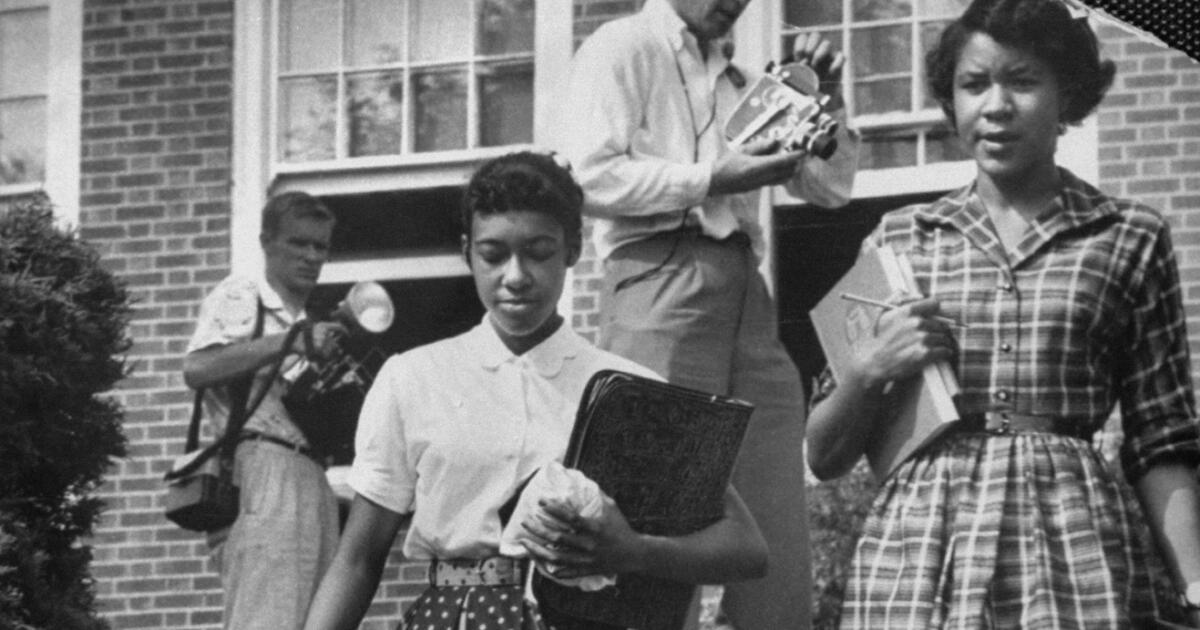STERNBERK, Czech Republic (Reuters) – Hundreds of Czechs and a handful of Ukrainians are working round the clock in eastern Czech Republic to transform a collection of buildings dating back to World War Two into a hub for supplying arms and ammunition to Ukraine.
The initiative is part of Europe’s efforts to provide Kyiv with weapons to repel Russian forces after the stalling of U.S. military aid, which has been the backbone of international support.
Visiting the Sternberk facility owned by Czech private arms manufacturer Excalibur Army, General Onno Eichelsheim, head of the Dutch military, described the urgency of the situation as Kyiv’s losses mount in eastern and southern Ukraine.
“We have to speed it up. We have to deliver more and we have to do it faster,” he told Reuters during the recent trip to inspect self-propelled howitzer cannons and a refurbished Russian tank to be sent into battle.
The most pressing need for Ukraine two years after Russia’s full-scale invasion is artillery ammunition, which is running low as the sides use heavy cannon fire to hold largely static, entrenched positions along the 1,000-km (620-mile) front line.
The European Union, which with other Western allies wants to contain Russian advances and repel an increasingly assertive rival, launched an initiative in March 2023 to deliver 1 million artillery shells to Ukraine within 12 months.
A year later, it had delivered little more than half that number, officials said, because of insufficient production capacity and a lack of long-term orders.
“CLEARING HOUSE”
The Czech government has played a central role in trying to raise funding among partners, and in working out deals with the Czech defence industry.
The Netherlands has also been “quite busy for a few months in several countries” trying to make up the shortfall in artillery rounds, said Colonel Simon Wouda, chief of the Netherlands’ Ukraine Taskforce.
“The first batch should be ready within four months, and that is a very conservative calculation. The second part can certainly be delivered in the second half of this year,” Wouda said, detailing the timeline of supplies for the first time.
He said efforts were under way to secure additional contracts with Excalibur Army – which is part of the privately held Czechoslovak Group (CSG) – to purchase 155 mm rounds, which fit artillery guns the Dutch are providing.
The Czechoslovak Group acts as manufacturer and munitions clearing house – making air defence systems and vehicles, and sourcing tanks, artillery and shells from around the world and revamping them for Ukraine.
Western European countries and other allies pay for much of the materiel. Ukraine also buys military equipment and ammunition directly from partners.
The Netherlands has been working with the Czech Republic to find as many 155-mm artillery rounds as possible for Ukraine.
Wouda wants to guarantee a steady supply of ammunition as part of a security deal detailed by Dutch Prime Minister Mark Rutte and Ukrainian President Volodymyr Zelenskiy. The Netherlands and other countries will fund about 800,000 artillery shells being sourced through the Czech Republic.
AMMUNITION PRICES SPIKE
Coalition members funding the short-term purchases include Britain, Canada, Denmark, the Czech Republic and the United States, among others, Wouda told Reuters.
“Collectively we have actually found opportunities around the world to find ammunition in other places, outside of Europe,” he said, declining to identify those places.
In the two years since Russia’s full-scale invasion, much of Ukraine’s ammunition from overseas has been sourced to U.S. stocks.
Western producers have increased production to meet the unexpected surge in demand and the European Commission, the EU executive, expects annual EU-wide shell production to reach 1.4 million by the end of 2024. It was around 500,000 a year ago.
For every shell Ukraine fires along the front lines, Russia fires between five or six, officials and defence analysts say. This imbalance restricts Ukraine’s ability to suppress Russian attacks and provide cover for its own troop movements.
Russia has increased weapons production and can maintain a much higher rate of fire than Ukraine, but Western experts say Moscow also faces some constraints and has turned to North Korea to bolster its munitions supplies.
Ukrainian Foreign Minister Dmytro Kuleba told EU foreign ministers last week that Ukraine needed 2.5 million artillery shells this year, according to the Financial Times – suggesting a daily requirement of 7,000 – but the EU had sent only 400,000.
Supplies of ammunition to Ukraine have been interrupted by politics, with U.S. Congress holding up a $60 billion military aid package and European powers divided about using EU funds to purchase munitions outside the bloc.
There are about 2 million large calibre ammunition rounds available on the global market, a senior Czech official said.
Demand from the Ukraine war has driven up prices to $2,800-3,200 per round from $700-$1,200 beforehand, two sources familiar with the market said.
CHALLENGES
Ammunition supplies to Kyiv must be ramped up if it is to have a chance of turning the tide of the war, analysts Franz-Stefan Gady and Michael Kofman wrote in a February research paper for the International Institute for Strategic Studies.
“For supporting countries, the challenge is to significantly increase production of artillery ammunition and air-defence interceptors,” it said.
“Kyiv needs around 75,000–90,000 artillery shells per month to sustain the war defensively, and more than double that – 200,000–250,000 – for a major offensive.”
Where to source the ammunition is being debated within the EU.
The Netherlands has allocated 250 million euros ($271 million) for ammunition purchases for Kyiv, including non-European stocks through the Czech defence industry, and asked allies to contribute to the plan being implemented with the Czech government.
The senior Czech official said donor countries can choose from a list of offers of various types of products and origin, with several Czech companies operating as a “clearing house”.
With European ammunition sold out for two years, the official questioned why there would be any hesitation to go beyond local markets.
France and Germany are considering joining the initiative. French President Emmanuel Macron backed the plan during a visit to Prague on Tuesday and opened the door to using European funds for it, but did not say what Paris would contribute to it.
France has also invited foreign and defence ministers from Ukraine’s main allies and the NATO Secretary General to take part in video call on Thursday aimed at showing a “united front” and coming up with concrete proposals to boost support for Kyiv.
The invitation said the meeting would look at ways of speeding up delivery of artillery ammunition supply and production.
NOT ONLY AMMUNITION
Ukraine’s needs extend beyond artillery ammunition. It wants to bolster its air defences and needs more hardware along front lines to match Russia’s superior resources. South Korea and Turkey are among countries supplying Ukraine so far.
Later this year, U.S. F-16 fighters are expected to be delivered to Ukraine from Denmark and the Netherlands. The Dutch are also part of a group providing advanced drones capable of attacking deeper into Russian-held territory.
The Netherlands has already received 100 mounted anti-aircraft guns and 45 refurbished T-72 tanks for Ukraine from Excalibur Army, among 105 funded with the U.S. and Denmark.
It has ordered nine modern howitzer cannon systems. Another Czech supplier, radar technology company ERA, is delivering four long-range surveillance systems, also donated by the Dutch.
Pavel Doško, business development director at CSG’s Defence Land Systems, said hundreds of workers had been added to increase production at the Sternberk site.
“Together with the Dutch partners and other partners that we have in NATO, we are able to supply Ukraine now with quite a lot of materiel that they desperately need in their defence,” he said in an interview.
Standing near a construction site where cement floors had recently been poured and a frame of steel beams built, he said: “We’re doing what we can to supply as much as possible, as good as possible and as fast as possible.”
($1 = 0.9211 euros)
(Reporting by Anthony Deutsch and Jan Lopatka; Additional reporting by Andrew Gray in Brussels, Mike Stone, Aram Roston and Patricia Zengerle in Washington, John Irish in Paris, Andreas Rinke in Berlin; Editing by Mike Collett-White and Timothy Heritage)

